一、水母搜索优化算法简介
这项研究发展了一个新的元启发式算法,它是受水母在海洋中的行为启发,被称为人工水母搜索(JS)优化器。
水母搜索行为的模拟包括它们跟随洋流、它们在水母群中的运动(主动运动和被动运动)、在这些运动之间切换的时间控制机制,以及收敛到水母花的状态。新算法在基准函数和优化问题上得到了成功的测试。值得注意的是,JS只有两个控制参数,即群体规模和迭代数。因此,JS的使用非常简单,并且可能是解决优化问题的一个优秀的元启发式算法。
二、部分源代码
%% Main MOJS optimizer
function ARCH = MOJS(params,MultiObj)
% Parameters
Np = params.Np;
Nr = params.Nr;
MaxIt = params.maxiter;
ngrid = params.ngrid;
fun = MultiObj.fun;
nVar = MultiObj.nVar;
var_min = MultiObj.var_min(:);
var_max = MultiObj.var_max(:);
it=1;
% Initialization by Eq. 25
POS=initialchaos(7,Np,nVar,var_max',var_min');
POS_fit = fun(POS);
ELI_POS = POS;
ELI_POS_fit = POS_fit;
DOMINATED = checkDomination(POS_fit);
ARCH.pos = POS(~DOMINATED,:);
ARCH.pos_fit = POS_fit(~DOMINATED,:);
ARCH = updateGrid(ARCH,ngrid);
display(['Iteration #0 - Archive size: ' num2str(size(ARCH.pos,1))]);
%% Main MOJS loop
stopCondition = false;
while ~stopCondition
% Select leader by Eq. 16
h = selectLeader(ARCH);
% Calculate time control by Eq. 15
Ct=abs((1-it*((1)/MaxIt))*(2*rand-1));
if Ct>=0.5
Meanvl=mean(ELI_POS);
for i=1:Np
% The new position is determined by Eq.19 and Eq.20
POS(i,:) = ELI_POS(i,:) + Levy(nVar).*(ARCH.pos(h,:) - 3*rand([1 nVar]).*Meanvl);
end
else
for i=1:Np
if rand<(1-Ct)
% Jellyfish follow type B
% Determine the direction by Eq. 24
j=i;
while j==i
j=randperm(Np,1);
end
Step = ELI_POS(i,:) - ELI_POS(j,:);
if dominates(ELI_POS_fit(j,:),ELI_POS_fit(i,:))
Step = -Step;
end
% The new position is determined by Eq. 22
POS(i,:) =ARCH.pos(h,:) + rand([1 nVar]).*Step;
else
% Jellyfish follow type A
% The new position is determined by Eq. 21
POS(i,:)=ARCH.pos(h,:)+Levy(nVar).*(ELI_POS(i,:)-ARCH.pos(h,:));
end
end
end
%% Update new position by opposition-based jumping using Eq. 26
if rand <(it/MaxIt)
[POS] = OPPOS(POS,var_max,var_min);
end
%% Check boundaries
if rand>=0.5
POS=checksimplebounds(POS,var_min',var_max');
else
POS = checkBoundaries(POS,var_max,var_min);
end
%% Evaluate the population
POS_fit = fun(POS);
pos_best = dominates(POS_fit, ELI_POS_fit);
best_pos = ~dominates(ELI_POS_fit, POS_fit);
best_pos(rand(Np,1)>=0.5) = 0;
if(sum(pos_best)>1)
ELI_POS_fit(pos_best,:) = POS_fit(pos_best,:);
ELI_POS(pos_best,:) = POS(pos_best,:);
end
if(sum(best_pos)>1)
ELI_POS_fit(best_pos,:) = POS_fit(best_pos,:);
ELI_POS(best_pos,:) = POS(best_pos,:);
end
%% Update the archive
if size(ARCH.pos,1)==1
ARCH.pos= POS;
ARCH.pos_fit= POS_fit;
ARCH = updateArchive(ARCH,ELI_POS,ELI_POS_fit,ngrid);
else
ARCH = updateArchive(ARCH,ELI_POS,ELI_POS_fit,ngrid);
if size(ARCH.pos,1)==1
ARCH.pos= ELI_POS;
ARCH.pos_fit= ELI_POS_fit;
end
end
if(size(ARCH.pos,1)>Nr)
% Delete the worst members from archive by Eq. 18
ARCH = deleteFromArchive(ARCH,size(ARCH.pos,1)-Nr,ngrid);
end
display(['Iteration #' num2str(it) ' - Archive size: ' num2str(size(ARCH.pos,1))]);
it=it+1;
if(it>MaxIt), stopCondition = true; end
end
%% Plotting paretofront
if(size(ARCH.pos_fit,2)==2)
plot(ARCH.pos_fit(:,1),ARCH.pos_fit(:,2),'or'); hold on;
grid on; xlabel('f1'); ylabel('f2');
end
if(size(ARCH.pos_fit,2)==3)
plot3(ARCH.pos_fit(:,1),ARCH.pos_fit(:,2),ARCH.pos_fit(:,3),'or'); hold on;
grid on; xlabel('f1'); ylabel('f2'); zlabel('f3');
end
end
%% This function calucates the leader performance by a roulette wheel selection
% based on the quality of each hypercube
function selected = selectLeader(ARCH)
% Roulette wheel
prob = cumsum(ARCH.quality(:,2)); % Cumulated probs
sel_hyp = ARCH.quality(find(rand(1,1)*max(prob)<=prob,1,'first'),1); % Selected hypercube
% Select the index leader as a random selection inside that hypercube
idx = 1:1:length(ARCH.grid_idx);
selected = idx(ARCH.grid_idx==sel_hyp);
selected = selected(randi(length(selected)));
end
%% This function returns 1 if x dominates y and 0 otherwise
function d = dominates(x,y)
d = all(x<=y,2) & any(x<y,2);
end
%% This function checks the domination inside the population.
function domi_vector = checkDomination(fitness)
Np = size(fitness,1);
if Np>2
domi_vector = zeros(Np,1);
all_perm = nchoosek(1:Np,2); % Possible permutations
all_perm = [all_perm; [all_perm(:,2) all_perm(:,1)]];
d = dominates(fitness(all_perm(:,1),:),fitness(all_perm(:,2),:));
dominated_particles = unique(all_perm(d==1,2));
domi_vector(dominated_particles) = 1;
else
domi_vector=ones(Np,1);
end
end
%% This function updates the archive given a new population
function ARCH = updateArchive(ARCH,POS,POS_fit,ngrid)
% Domination between jellyfish
DOMINATED = checkDomination(POS_fit);
ARCH.pos = [ARCH.pos; POS(~DOMINATED,:)];
ARCH.pos_fit= [ARCH.pos_fit; POS_fit(~DOMINATED,:)];
% Domination between nondominated jellyfish and the last archive
DOMINATED = checkDomination(ARCH.pos_fit);
ARCH.pos_fit= ARCH.pos_fit(~DOMINATED,:);
ARCH.pos = ARCH.pos(~DOMINATED,:);
% Updating the grid
ARCH = updateGrid(ARCH,ngrid);
end
%% Function that updates the hypercube grid, the hypercube where belongs
function ARCH = updateGrid(ARCH,ngrid)
% Computing the hypercube limitation
ndim = size(ARCH.pos_fit,2);
ARCH.hypercube_limits = zeros(ngrid+1,ndim);
for dim = 1:1:ndim
ARCH.hypercube_limits(:,dim) = linspace(min(ARCH.pos_fit(:,dim)),max(ARCH.pos_fit(:,dim)),ngrid+1)';
end
% Computing where belongs each jellyfish
npar = size(ARCH.pos_fit,1);
ARCH.grid_idx = zeros(npar,1);
ARCH.grid_subidx = zeros(npar,ndim);
for n = 1:1:npar
idnames = [];
for d = 1:1:ndim
ARCH.grid_subidx(n,d) = find(ARCH.pos_fit(n,d)<=ARCH.hypercube_limits(:,d)',1,'first')-1;
if(ARCH.grid_subidx(n,d)==0), ARCH.grid_subidx(n,d) = 1; end
idnames = [idnames ',' num2str(ARCH.grid_subidx(n,d))];
end
ARCH.grid_idx(n) = eval(['sub2ind(ngrid.*ones(1,ndim)' idnames ');']);
end
% Quality based on the number of jellyfish in each hypercube
ARCH.quality = zeros(ngrid,2);
ids = unique(ARCH.grid_idx);
for i = 1:length(ids)
ARCH.quality(i,1) = ids(i);
ARCH.quality(i,2) = 10/sum(ARCH.grid_idx==ids(i));
end
end
%% This function deletes an excess of jellyfish inside the archive using crowding distances
function ARCH = deleteFromArchive(ARCH,n_extra,ngrid)
% Compute the crowding distances
crowding = zeros(size(ARCH.pos,1),1);
for m = 1:1:size(ARCH.pos_fit,2)
[m_fit,idx] = sort(ARCH.pos_fit(:,m),'ascend');
m_up = [m_fit(2:end); Inf];
m_down = [Inf; m_fit(1:end-1)];
distance = (m_up-m_down)./(max(m_fit)-min(m_fit));
[~,idx] = sort(idx,'ascend');
crowding = crowding + distance(idx);
end
crowding(isnan(crowding)) = Inf;
% This function deletes the extra jellyfish with the smallest crowding distances
[~,del_idx] = sort(crowding,'ascend');
del_idx = del_idx(1:n_extra);
ARCH.pos(del_idx,:) = [];
ARCH.pos_fit(del_idx,:) = [];
ARCH = updateGrid(ARCH,ngrid);
end
%% This function checks the boundary of jellyfish search space
function [POS] = checkBoundaries(POS,var_max,var_min)
% Useful matrices
Np = size(POS,1);
MAXLIM = repmat(var_max(:)',Np,1);
MINLIM = repmat(var_min(:)',Np,1);
POS(POS>MAXLIM) = MAXLIM(POS>MAXLIM);
POS(POS<MINLIM) = MINLIM(POS<MINLIM);
end
function POS=checksimplebounds(POS,Lb,Ub)
for i=1:size(POS,1)
ns_tmp=POS(i,:);
I=ns_tmp<Lb;
while sum(I)~=0
ns_tmp(I)=Ub(I)+(ns_tmp(I)-Lb(I));
I=ns_tmp<Lb;
end
J=ns_tmp>Ub;
while sum(J)~=0
ns_tmp(J)=Lb(J)+(ns_tmp(J)-Ub(J));
J=ns_tmp>Ub;
end
POS(i,:)=ns_tmp;
end
end
复制代码三、运行结果

四、matlab版本及参考文献
1 matlab版本
2014a
2 参考文献
[1] 包子阳,余继周,杨杉.智能优化算法及其MATLAB实例(第2版)[M].电子工业出版社,2016.
[2]张岩,吴水根.MATLAB优化算法源代码[M].清华大学出版社,2017.
© 版权声明
文章版权归作者所有,未经允许请勿转载。
THE END






















![[桜井宁宁]COS和泉纱雾超可爱写真福利集-一一网](https://www.proyy.com/skycj/data/images/2020-12-13/4d3cf227a85d7e79f5d6b4efb6bde3e8.jpg)
![[桜井宁宁] 爆乳奶牛少女cos写真-一一网](https://www.proyy.com/skycj/data/images/2020-12-13/d40483e126fcf567894e89c65eaca655.jpg)
